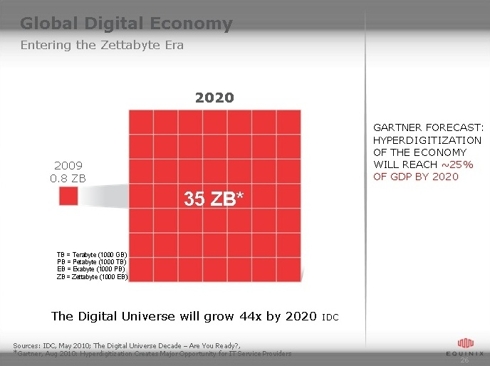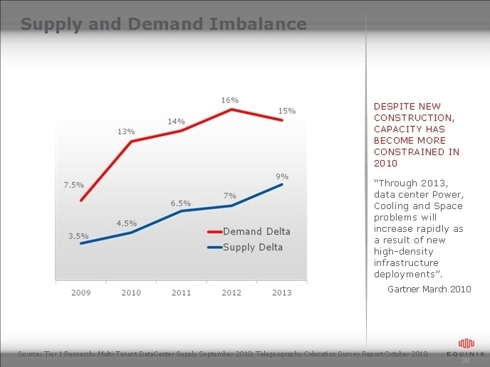from Seeking Alpha: >>Regarding our touch microcontroller products, our leading touchscreen solution, maXTouch, achieved very strong revenue growth during Q3, primarily driven by our four largest smartphone customers. In addition, we continue to add new smartphone customers for maXTouch such as Pantech for their IZAR, VEGA, and EASE products.
maXTouch design activity continues to be very strong and we expect it will positively impact production shipments in 2011. As we had expected, we are beginning to see the capacitive touch sensing market rapidly expand beyond smartphones into new applications such as tablets, netbooks, cameras, printers, automotive and other areas.
Q4 marks the beginning of tablets using maXTouch technology. Samsung, one of Atmel's marquee smartphone customers, is expected to begin shipments of their recently announced GALAXY Tab, the first of Samsung's mobile tablet devices.
We are also seeing volume ramps in other new applications, such as cameras, including the Nikon's COOLPix S80 camera and to customers such as Lexmark for touch based printers, as well as the addition of a broad range of industrial applications.
...
And during our Q2 earnings call, we stated that we expected maXTouch revenues to exceed $100 million for calendar year 2010. We are revising this guidance. Due to the extraordinary success of our smartphone customers and a continued rapid adoption of maXTouch into new high volume customers and applications, we now expect maXTouch revenues for 2010 will exceed $140 million. With this success, we believe that maXTouch will have established Atmel as the leader in touchscreen solutions.
...
With maXTouch, we have established a leading position in what is generally regarded as one of the fastest growing markets in the entire semiconductor industry. We expect Q4 to be a solid finish to what has been a remarkable year for Atmel.
...
Steven Eliscu – UBS
Yes, thank you. First question is – well, first of all, congratulations. First question is on maXTouch and the average selling prices you have been able to command. You have talked about being able to charge $2 to $3 per device. The older generation QTouch, I understand that that's below $1 and you've talked about tablets being an ASP of somewhere over $10. How do we think about where blended ASPs go going forward, just given the competitiveness in this market and just giving us some confidence that the maXTouch ASPs over the next 12 months don't – because of competition, don't become more like QTouch ASPs?
Steve Laub
Well, I think – this is Steve. With respect to QTouch versus maXTouch, they're completely different solutions. So I think to do the comparison there is not relevant and is not indicative of what's happening in the marketplace. I think the best understanding, this is a design-in product, it's not a product that you sell obviously through purchasing. It's a very sophisticated, highly integrated product.
People do pay for performance and pay for the features that maXTouch brings to them. I think the best confidence I can give you is that we released the product and opened it for new designs with customers back in the second quarter of 2009 with pricing that we set at that time and the pricing changes since that time have been relatively minimal and new designs we are winning today are not a significantly different in price, at least at the single device levels that they were back then.
So we actually have pretty good confidence that certainly over the next year that customers will continue to pay for the outstanding performance and feature set that maXTouch brings them. And so while the marketplace is competitive and it's increasingly competitive, we don't expect that you are going to see any type of substantial degradation in that market at least over the time frame that we can observe.
With respect to mix between the smart phone market and the tablet market, tablet market is just right now at the very beginning.
...
Hans Mosesmann – Raymond James
Congratulations, guys. Just a question on the new goal of the $140 million, which is dramatically higher than the $100 million you had before. What happened in that one quarter period that suddenly you have 40% increasing that target? Are you getting wins with maXTouch that were formerly wins at some of your competition? What's driving that?
Steve Laub
A lot of it is that we are seeing a lot of our existing customers being more successful than I think we certainly had anticipated and perhaps they had earlier anticipated. And I would say at the same time, we are seeing new projects, new programs being introduced at a much more rapid clip than I think – than we had planned for and others.
So, we are impressed with the execution of our partners, the success that our partners are having being our customers, and that's really what's accounting for it.
...
Steve Laub
I think clearly, the customers that have used us, many customers that have used us initially in their smart phones, I think we are in a very strong position that they will use us also in their tablets. We are also finding that a number of people who did not initially choose us in their smart phones are choosing us for their tablet. So, we feel very good about that, as well as we are also seeing the people used us for designs in tablets were people who have historically not been in the smart phone marketplace.
...
Rajvi Gill – Needham
Thank you for taking my questions and congrats again on excellence results. Just looking at maXTouch going into 2011, what do you think is probably the biggest driver of continued maXTouch growth, whether it be incremental tablet wins or new design wins from additional handset OEMs? Maybe you can provide some color in terms of where you see the growth qualitatively for maXTouch going into '11 or looking at '11?
Steve Laub
Well, I think with any sort of new market, and frankly touch is still in early stages of a rapidly growing large market, but it is relatively new. It's hard to sort of speculate as to exactly how big it's going to be. Clearly what's going to be influencing and it's going to be how successful our customers do, our ability to displace and to win designs at new customers that aren’t using us today in smart phones, as well as the adoption – (inaudible) tablets, the adoption of tablets, as well as the newer applications.
We do expect that – clearly, smart phones has been the major driver of capacitive touch. This is to be followed by tablets, we believe and the 2011 will be more of a story about tablets. But we think also you are going to see a lot of new applications, whether it be cameras as we are seeing now, whether it be printers, automotive or other industrial applications, we do think that these will also continue to expand pretty substantially during 2011.
So, there is numerous opportunities to go after in this marketplace and many of which can influence how big the return will be for Atmel with respect to that.








